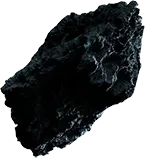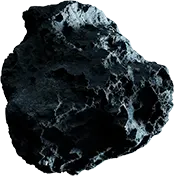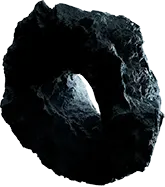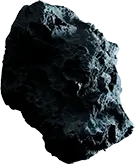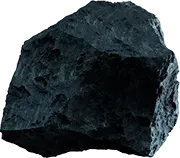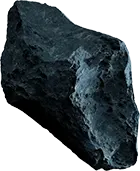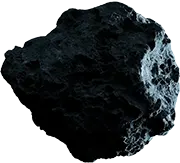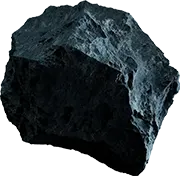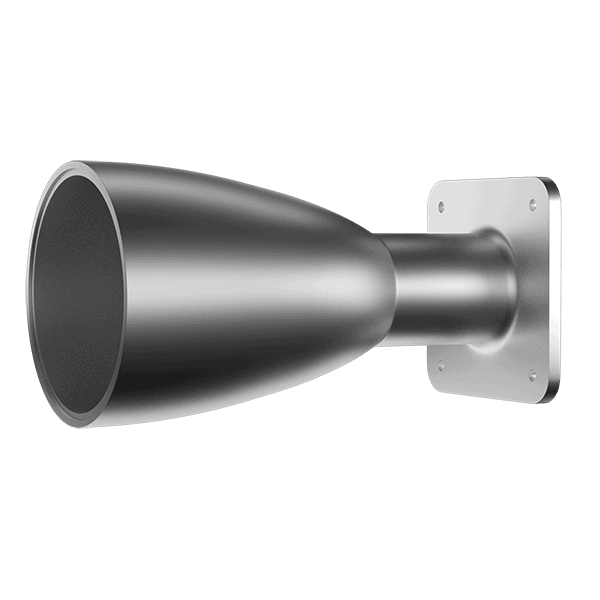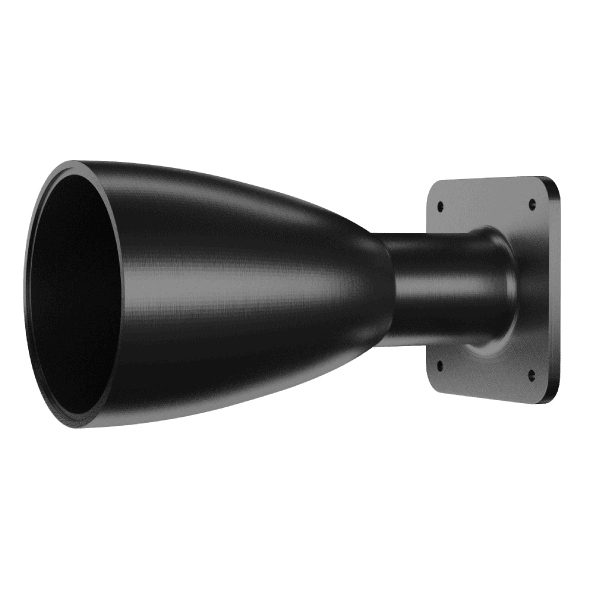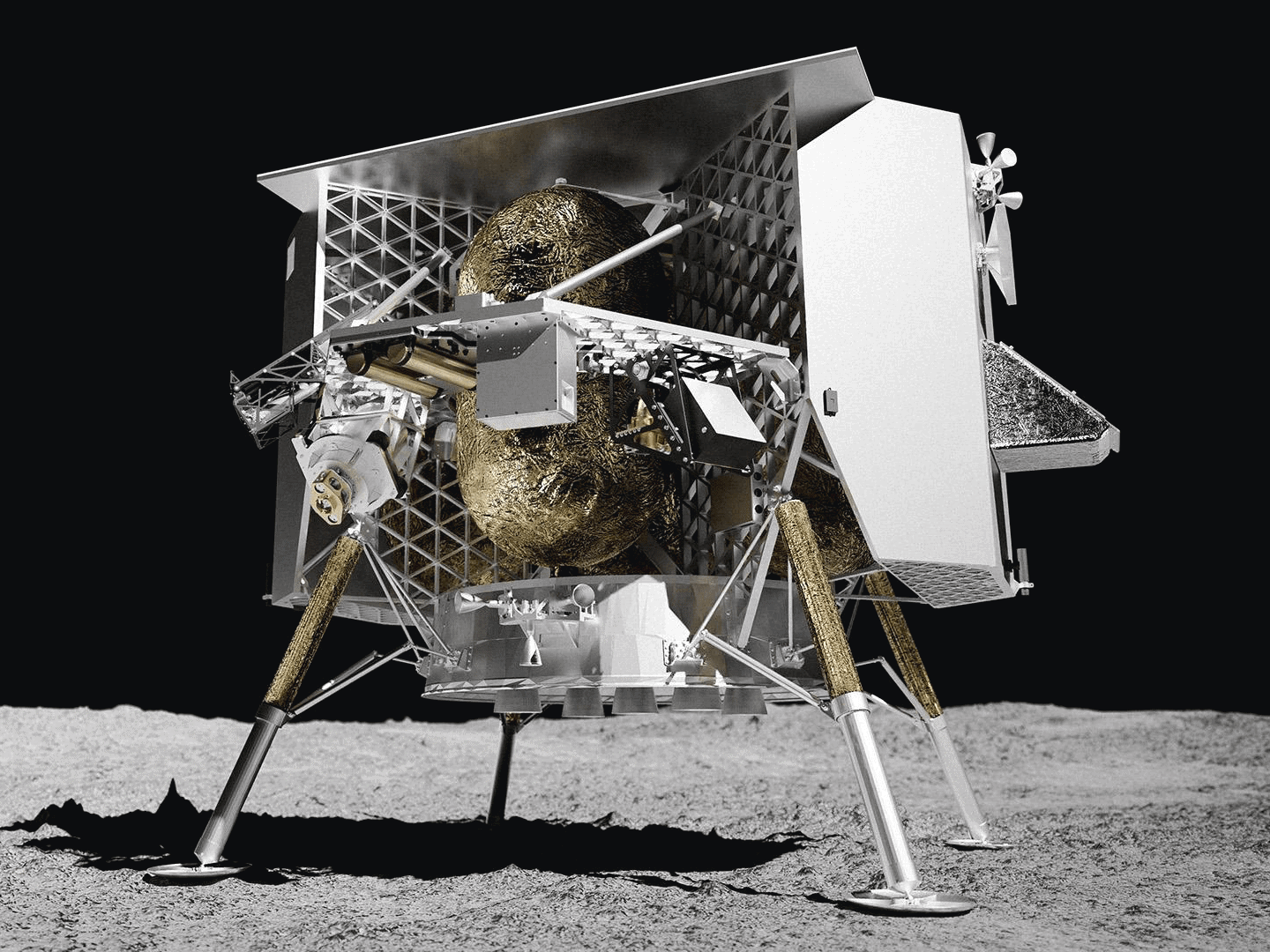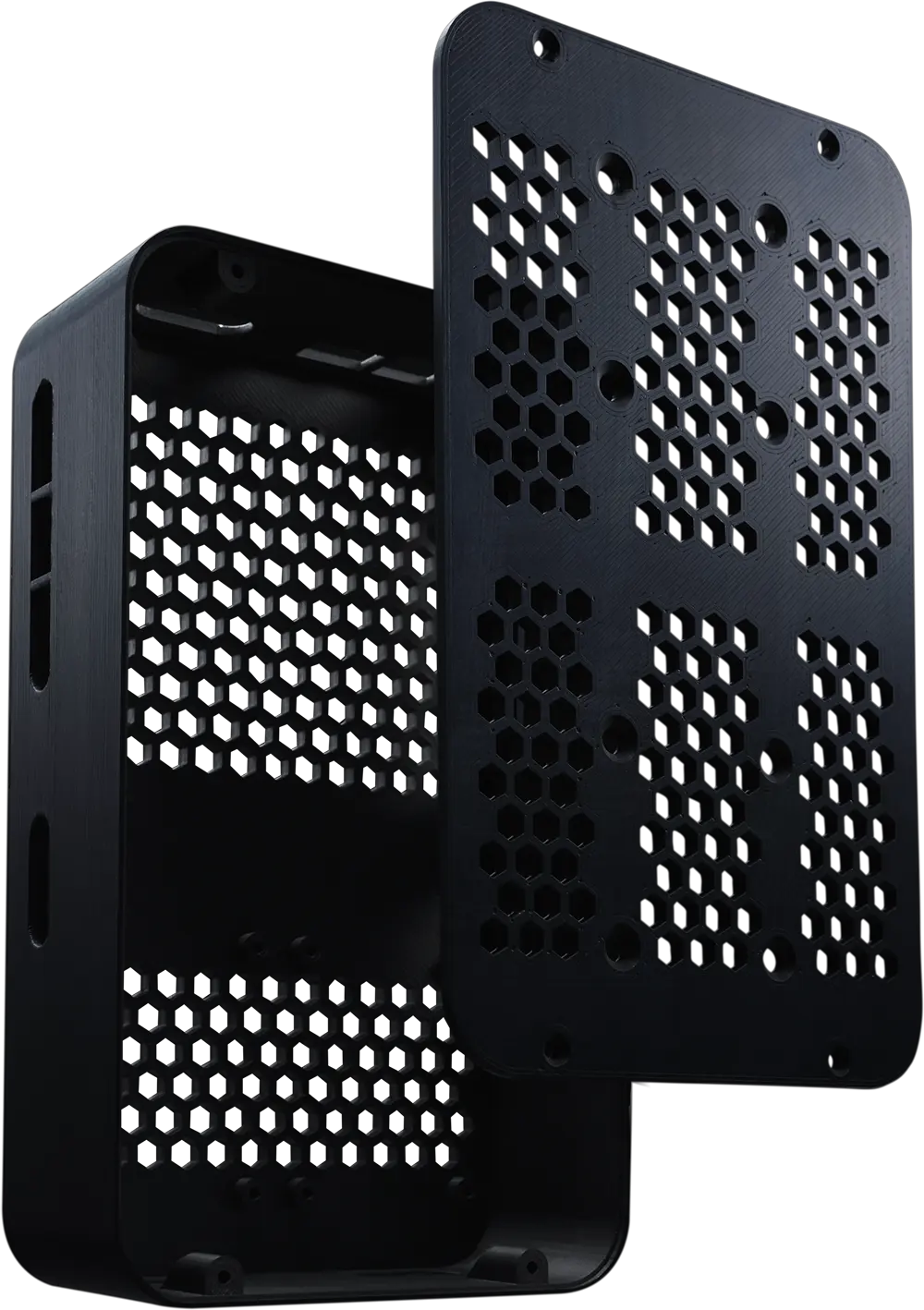The First 3D Printed Parts on the Moon

The Milestone
In 2021, North American 3D Printer Manufacturer AON3D will help Astrobotic become the first American lunar lander to soft land on the moon since Apollo 17 (Dec. 7, 1972).
Onboard, hundreds of mission critical components and private payload ‘MoonBoxes’ will become the first 3D printed parts to successfully land on the moon.
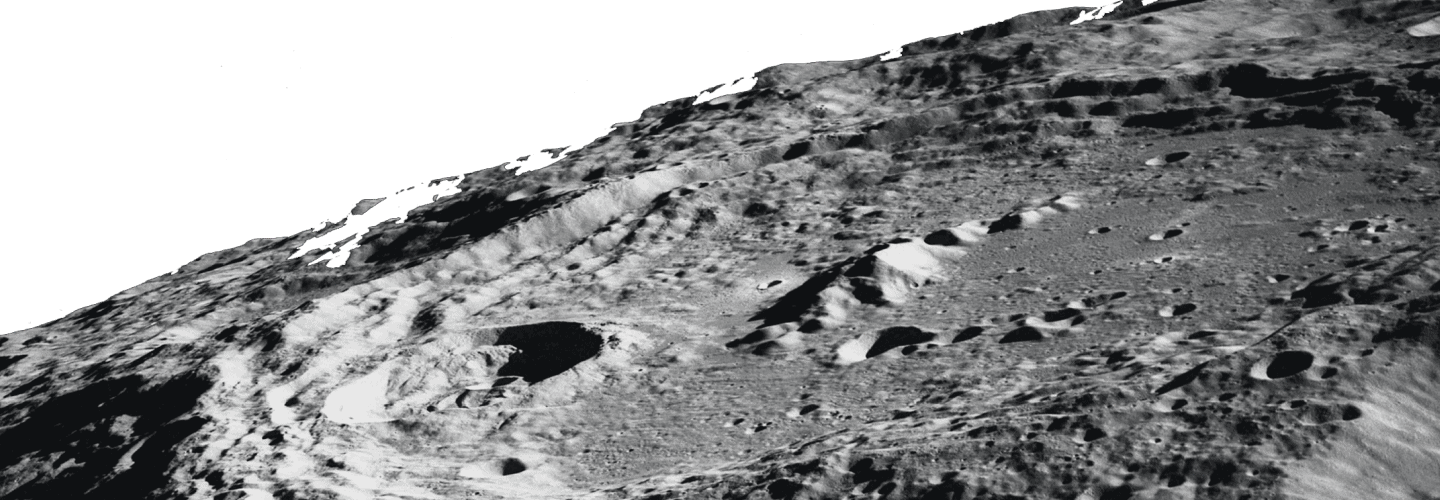
The Technology
An industrial 3D printer for manufacturing strong, high-performance parts. The AON M2+ features a largest-in-class actively heated build volume that provides ungated access to thousands of applications and materials, including PEEK, PEKK, and ULTEM™.
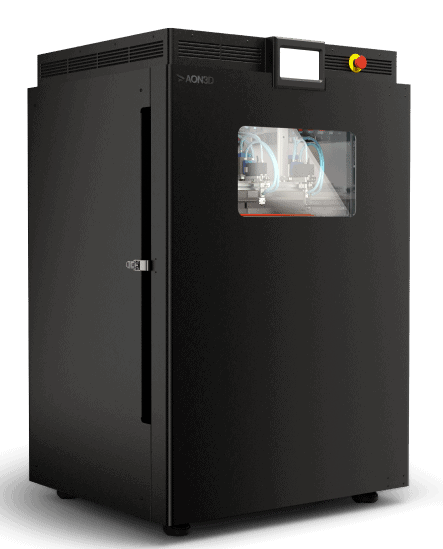
Astrobotic Peregrine Lander
Designed to deliver commercial payloads to the surface of the moon, Astrobotic’s Peregrine Mission One (PM1) is set land on the moon in 2022. The lander will be launched aboard United Launch Alliance’s (ULA) Vulcan Centaur rocket powered by a pair of BE-4 engines manufactured by Blue Origin, another AON3D customer.
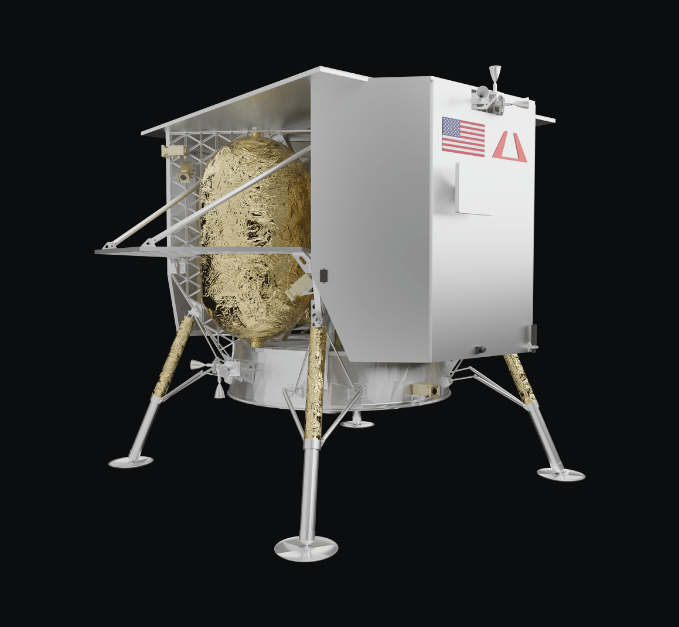
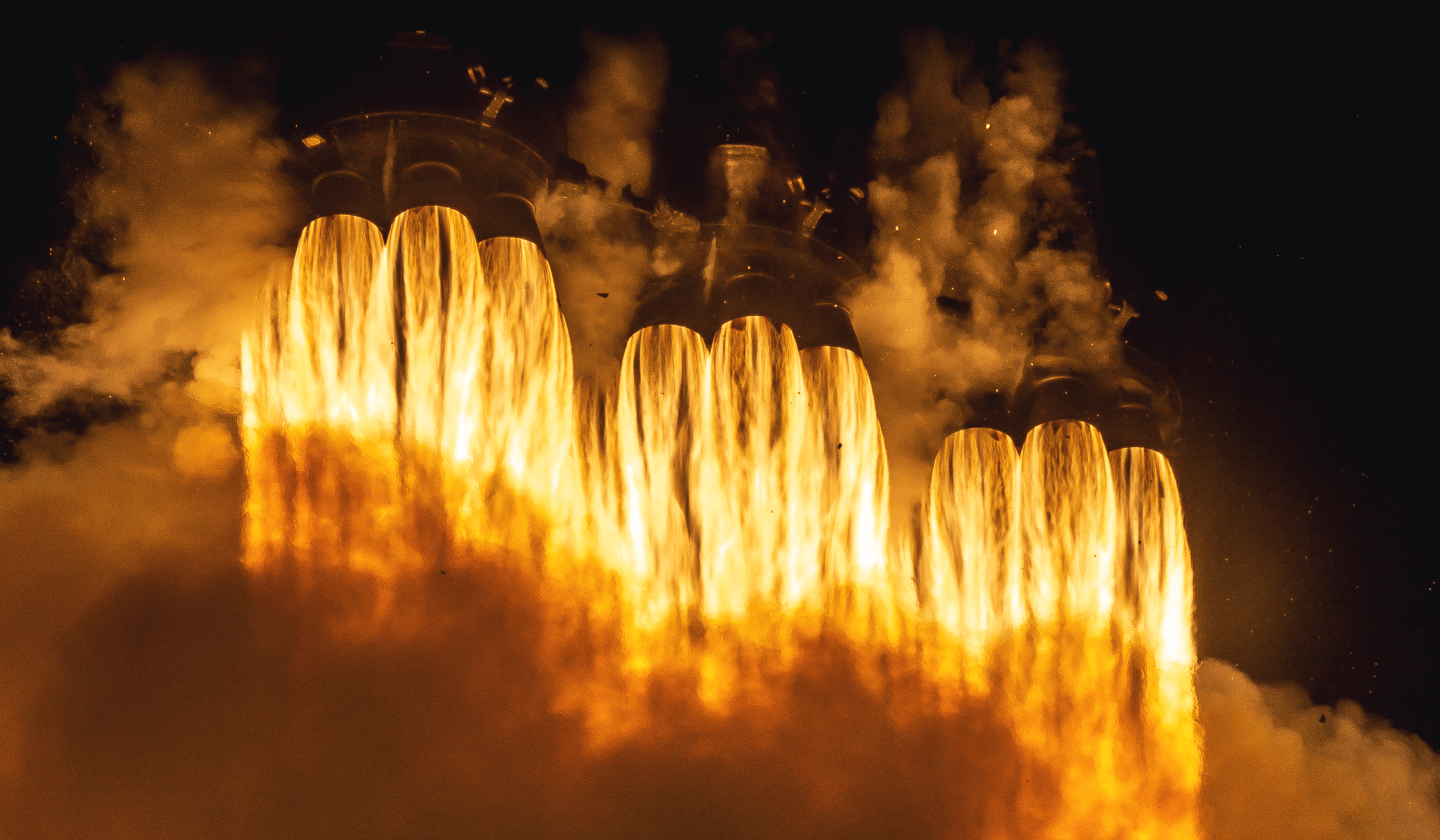
The Parts
Prototypes
Full-scale Avionics boxes, relays, bus bars, connectors, and other mockups were printed in-house saving weeks in lead times at an order of a magnitude cheaper on a per part basis.
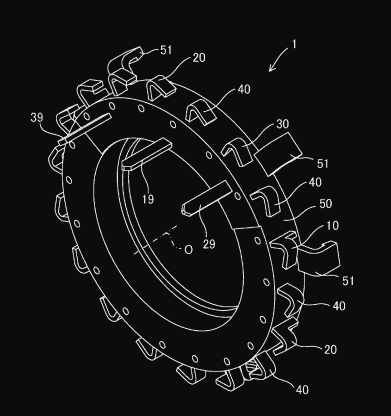
Electrical System Components
Hundreds of fixtures and brackets replace metal components, ensuring avionics and electrical system integrity while reducing vehicle mass, enabling design freedom, and speeding production. Peregrine’s avionics perform all command and data handling for the lander.
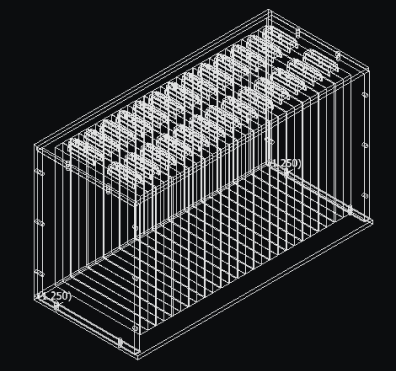
MoonBoxes
The world’s first commercial payloads delivered to the Moon’s surface, including two minted cryptocurrencies, will be packaged in 3D printed boxes made from high-performance materials to reduce mass.
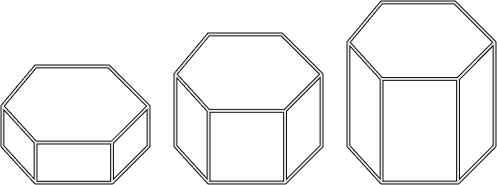
Our 3D printed parts are capable of handling the most demanding applications.
If they can land on the moon, imagine what they can do for your business.

Space/Launch-Grade Requirements
Typical desktop 3D printing materials work great for visual models but when mission-critical parts must perform under astronomical conditions, Astrobotic turned to the AON M2+ and high-performance materials. Here’s what it takes for a 3D printed part to meet aerospace requirements:
Temperatures
260°F (127°C) to -280°F (-173°C)
Radiation
200-1000x Earth's Surface
Vibroacoustics
180 dB+
Non-Outgassing Under
Vacuum
CVC <0.1% and TM < 1% per ASTM E595
High strength
to weight ratio
Flame
retardant
Chemically
resistant
